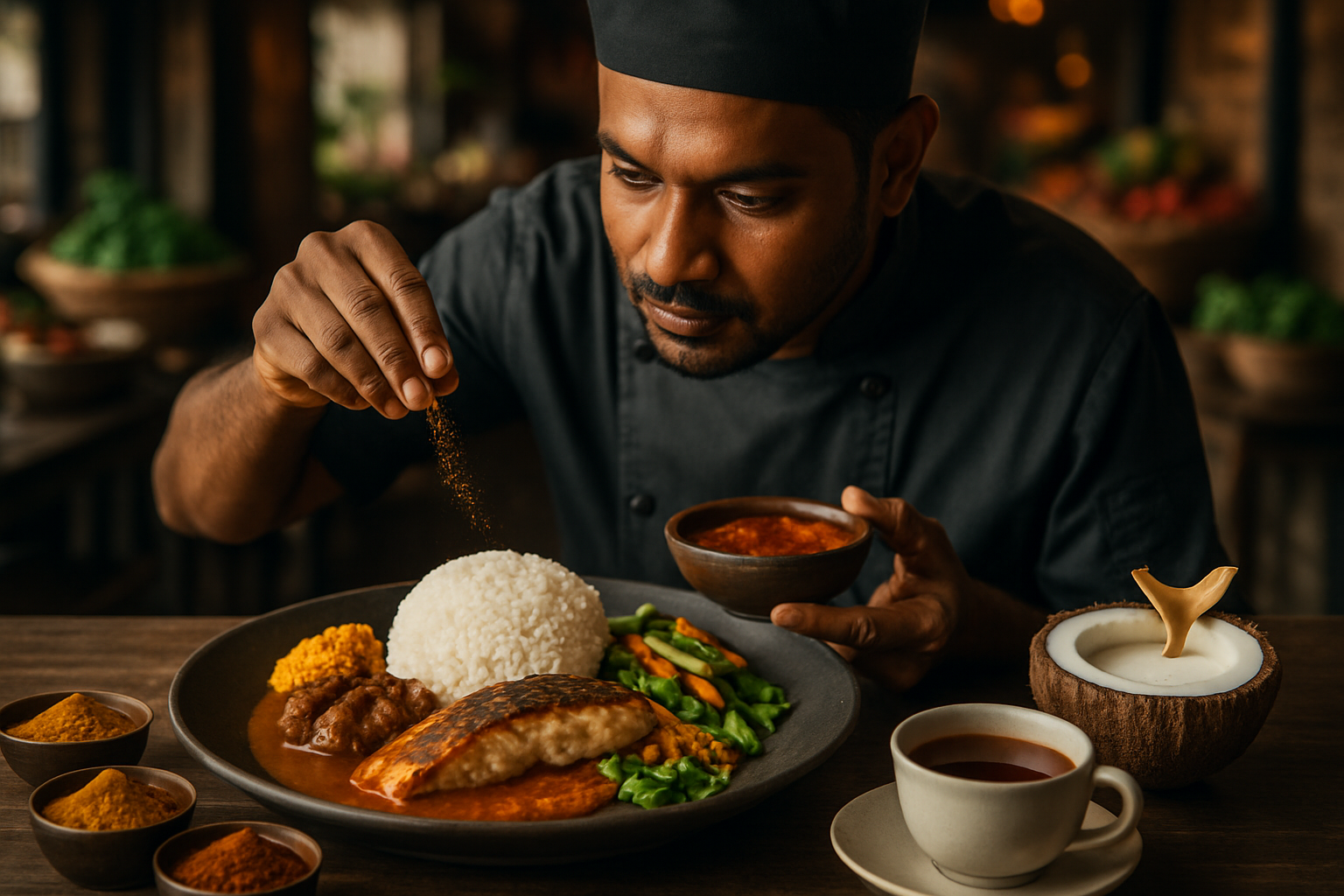Unearthing the Hidden Gems of Burmese Cuisine
Embark on a flavorful journey through Myanmar's culinary landscape, where vibrant spices and unique ingredients create a symphony of tastes. Burmese cuisine, often overshadowed by its Southeast Asian neighbors, offers a treasure trove of delectable dishes waiting to be discovered. From aromatic curries to tangy salads, let's explore the lesser-known delights that make Myanmar's food culture truly exceptional.

At the heart of Burmese cuisine is the concept of balance. Each meal typically includes a variety of dishes that complement one another, ensuring a harmonious blend of flavors and textures. This approach not only makes for an exciting dining experience but also reflects the country’s cultural emphasis on harmony and equilibrium.
The Star of the Show: Mohinga
No exploration of Burmese cuisine would be complete without mentioning mohinga, the unofficial national dish of Myanmar. This hearty fish soup, often enjoyed for breakfast, is a testament to the country’s culinary ingenuity. Rice noodles swim in a fragrant broth made from catfish, lemongrass, and banana stem, topped with crispy fritters and boiled eggs.
What sets mohinga apart is its regional variations. In Yangon, you might find a thicker, more robust version, while in coastal areas, the soup might feature a lighter broth with a stronger fish flavor. The dish’s adaptability and widespread popularity make it a unifying element in Myanmar’s diverse food landscape.
Tea Leaf Salad: A Unique Burmese Delicacy
One of the most intriguing dishes in Burmese cuisine is the tea leaf salad, known locally as lahpet thoke. This unique creation showcases fermented tea leaves as the star ingredient, combined with a medley of crunchy nuts, seeds, and vegetables. The result is a complex flavor profile that perfectly balances umami, sourness, and nuttiness.
Tea leaf salad is more than just a dish; it’s a cultural symbol. Traditionally served as a peace offering between warring parties, it now plays a central role in Burmese hospitality. The preparation of lahpet thoke is an art form, with each component carefully arranged on a plate, allowing diners to mix the ingredients to their liking.
The Art of Burmese Curries
Burmese curries differ significantly from their Indian or Thai counterparts. They tend to be milder in spice but richer in oil, which acts as a preservative in the tropical climate. The slow-cooking process allows the flavors to meld beautifully, resulting in deeply satisfying dishes.
One standout curry is the Ohn No Khao Swè, a coconut chicken noodle soup that exemplifies the Burmese talent for combining diverse influences. The dish features egg noodles in a creamy coconut broth, topped with chicken and garnished with crispy noodles, creating a delightful contrast of textures.
Sweet Endings: Burmese Desserts
Burmese desserts offer a unique twist on sweetness, often incorporating savory elements. Shwe yin aye, a refreshing dessert soup, combines agar jelly, sago pearls, and coconut milk, topped with a slice of bread. This unexpected combination perfectly encapsulates the Burmese approach to dessert – sweet, but not overwhelmingly so.
Another beloved treat is mont lone yay paw, glutinous rice balls filled with palm sugar and served in a ginger syrup. These desserts not only satisfy the sweet tooth but also provide insight into the Burmese palate, which favors complex, multi-layered flavors even in its confections.
Burmese Cuisine: Tips and Facts
• Burmese meals are typically served all at once, rather than in courses.
• Fish sauce and ngapi (fermented fish or shrimp paste) are essential condiments in Burmese cooking.
• Pickled tea leaves, used in lahpet thoke, are also consumed as a stimulant and digestive aid.
• Burmese cuisine often uses banana flowers and stems in various dishes.
• Street food is an integral part of Myanmar’s culinary scene, offering quick, flavorful bites.
• Many Burmese dishes are naturally gluten-free, making it an excellent cuisine for those with dietary restrictions.
Burmese cuisine stands as a testament to the country’s rich cultural tapestry, offering a unique blend of flavors and techniques that deserve wider recognition. From the comforting bowl of mohinga to the intriguing complexity of tea leaf salad, Myanmar’s food culture invites culinary adventurers to explore a world of tastes often overlooked in the global gastronomic scene. As you delve into the depths of Burmese cuisine, you’ll discover not just new flavors, but a whole new perspective on the art of cooking and eating. So, the next time you’re seeking culinary inspiration, look to Myanmar – a land where every meal is an adventure, and every bite tells a story.





